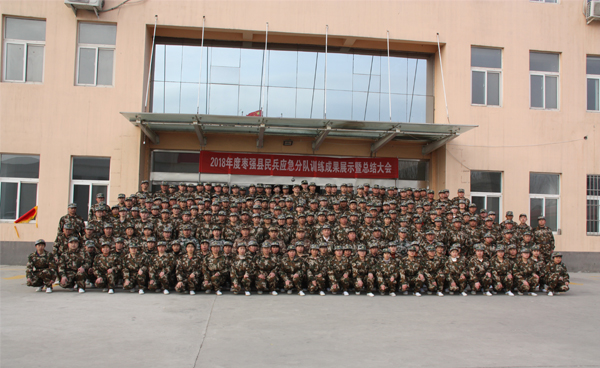
Aug . 13, 2024 22:16
Back to list
Design and Functionality of Natural Gas Pressure Regulation Systems in Modern Industries
Natural Gas Pressure Regulation Devices An Overview
Natural gas has become an essential energy source for many households and industries worldwide. With its increasing prominence, the importance of maintaining safe and efficient gas distribution systems has grown significantly. One of the critical components in ensuring this is the pressure regulation devices or systems, which play a vital role in the management and control of natural gas flow.
At its core, a pressure regulator is designed to maintain the pressure of natural gas within a specified range as it moves from high-pressure pipelines to lower-pressure distribution systems. This is crucial not only for the safety of the system but also for the efficient operation of appliances that utilize natural gas. Without proper regulation, fluctuations in pressure can lead to equipment malfunctions or even hazardous situations.
.
First-stage regulators are typically employed in high-pressure environments. They step down the pressure from a high-pressure gas main to a medium pressure that can then be further regulated. These regulators are built to handle significant pressure reduction, ensuring that the gas supply remains consistent and reliable.
منظم ضغط الغاز الطبيعي

Second-stage regulators, on the other hand, are designed to lower the medium gas pressure to a low-pressure level suitable for residential or commercial use. They are often used in homes and businesses, providing a steady flow of gas for heating, cooking, and hot water systems. The precision of these regulators is paramount to ensure that the gas appliances operate optimally.
In addition to their basic functions, modern pressure regulators often include safety features such as overpressure protection. Overpressure situations can occur due to various factors, including upstream pressure surges or equipment failures. Regulators equipped with relief valves can divert excess pressure, protecting downstream systems and preventing incidents that could lead to explosions or fires.
Moreover, the technology behind these regulators has advanced significantly in recent years. Digital pressure regulation and monitoring systems are becoming more commonplace, allowing for real-time data collection and analysis. This innovation not only enhances safety but also improves the efficiency of gas distribution networks, enabling operators to anticipate and respond to potential issues before they escalate.
The installation and maintenance of natural gas pressure regulators are also critical aspects of ensuring a safe gas supply. Proper installation by trained professionals is essential to avoid leaks and ensure the system operates within its designed specifications. Regular maintenance checks can help identify wear and tear, ensuring that regulators function correctly and comply with safety standards.
In summary, natural gas pressure regulation devices are indispensable for ensuring the safe and efficient distribution of natural gas. By managing pressure levels and incorporating advanced safety features, these devices protect users and optimize the performance of gas-powered appliances. As the demand for natural gas continues to grow, so too will the need for effective pressure regulation systems. Investing in reliable technology and regular maintenance will be crucial in maintaining the integrity of gas distribution systems and safeguarding public safety. Ultimately, the role of these regulators extends beyond mere functionality; they are a foundational element of a safe energy infrastructure.
Latest news
-
Safety Valve Spring-Loaded Design Overpressure ProtectionNewsJul.25,2025
-
Precision Voltage Regulator AC5 Accuracy Grade PerformanceNewsJul.25,2025
-
Natural Gas Pressure Regulating Skid Industrial Pipeline ApplicationsNewsJul.25,2025
-
Natural Gas Filter Stainless Steel Mesh Element DesignNewsJul.25,2025
-
Gas Pressure Regulator Valve Direct-Acting Spring-Loaded DesignNewsJul.25,2025
-
Decompression Equipment Multi-Stage Heat Exchange System DesignNewsJul.25,2025

